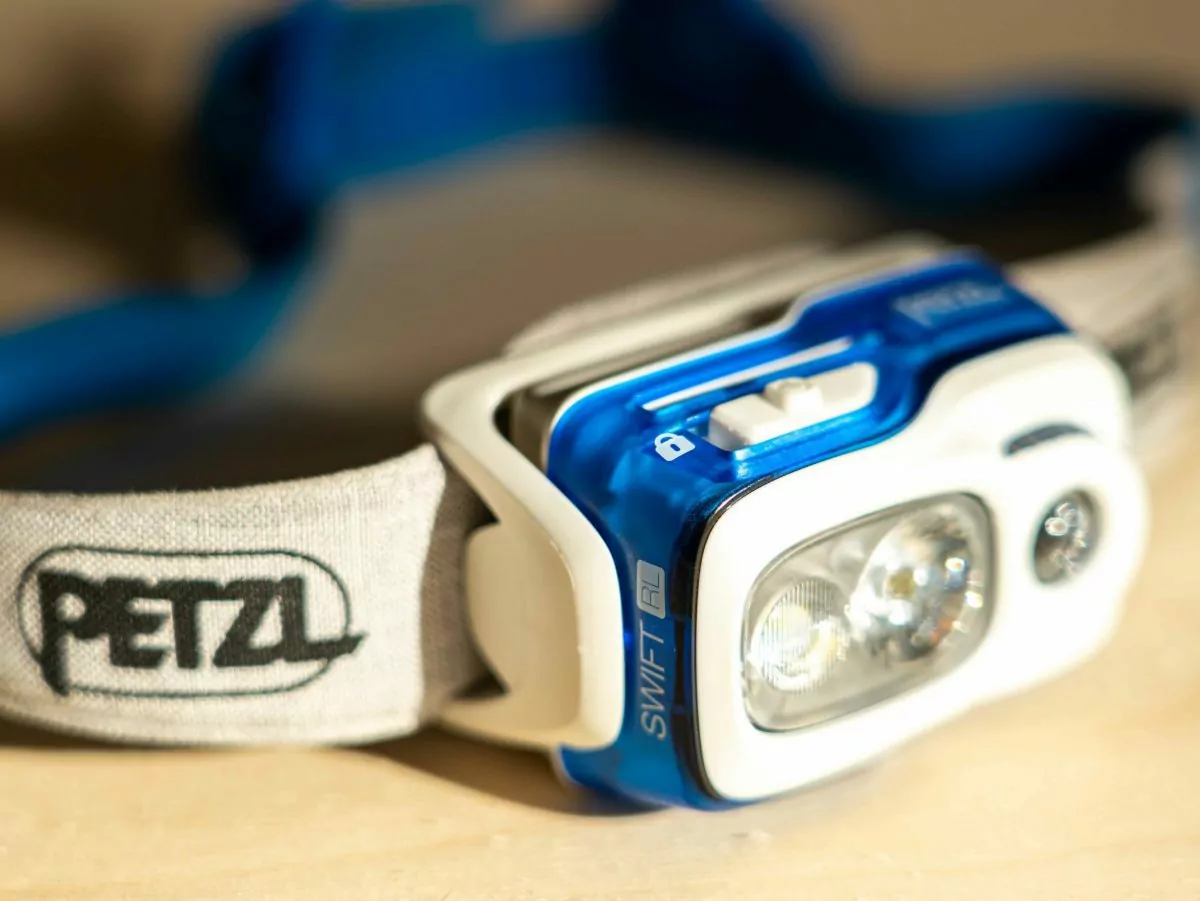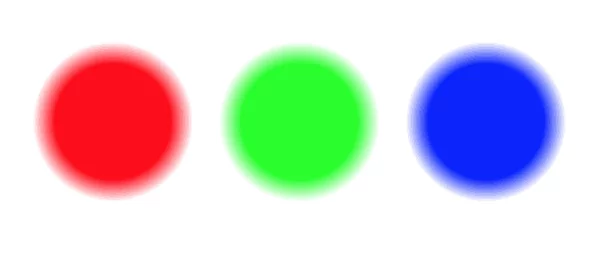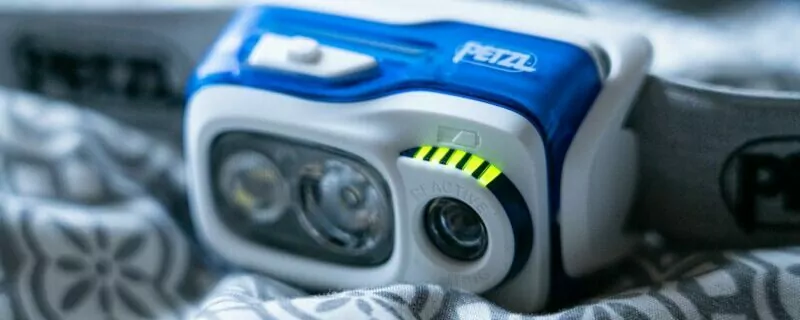Guide to Picking the Right Headlamp

A headlamp is an essential piece of gear for all outdoor enthusiasts. No matter what activity you are passionate about, a solid headlamp will greatly enhance your outdoor experience and safety. There are so many models and varieties these days that purchasing the right headlamp for your activity can seem like a daunting task. Different types of headlamps are designed for specific activities, including key features such as light-weight bodies, weatherproofing, and different color modes so that your equipment can function optimally given the specific task at hand. Consequently, an ultra-runner is going to want the lightest headlamp possible while maintaining a bright beam and a strap that will keep a snug fit around the head. On the other hand, someone who would like a headlamp for general camping is going to value low cost over all of the fancy bells and whistles.
No matter what you’re doing, this guide is intended to help you pick that perfect headlamp so that you can keep doing the things you love outdoors, even after the sun has gone down.
Award Winning USA Hiking Vacations
Types of Lighting

Constant Beam
A constant beam is a single, unchanging beam of light from the lamp. This type of lighting is usually used in more budget headlamps or general use headlamps for simpler tasks. If you are looking for a headlamp that will get you around the campsite after the sun has set, this could be a great cost-effective solution! An added benefit to these lamps is that they are usually very lightweight as well. The Petzl Tikka or the Black Diamond Spot are great options for a basic, cost-effective headlamp.
Spot Light vs. Flood Lighting
The spot lamp is a function that gives the greatest distance in lighting. It produces a concentrated beam of light that can cast light far down a trail or deep into the woods. Flood lighting diffuses light laterally to provide greatest detail in the peripheral vision. Some high tech headlamps combine these two types of lights to provide optimal optics at night but most have different setting that allow you to switch between these two modes.
Reactive Technology
Reactive lighting is an impressive in which the headlamp has a sensor that automatically adjusts the amount of light the headlamp produces to a given environment. This means that when you are looking at the ground, the headlamp produces just enough light to fill the space in front of you, but when you look up from the ground, the headlamp gets brighter in real time to fill the new area with light. This sort of lighting can be extremely useful for many activities but comes at a cost. These headlamps are generally far more expensive than your average headlamp and have a greater weight.
Reactive lighting can be extremely useful for climbing at night or caving when your hands are occupied but you may need to change the power of your headlamp to account for different distances. For example, it can be really nice for setting up camp or interacting with a map on the go so you always know you’ll have the right amount of light for the job. Two of the best reactive lighting headlamps are the Petzl NAO+ and the Petzl Swift RL.
Lighting Colors

Many headlamps these days incorporate a variety of lighting colors for different situations. All headlamps include the regular LED light. In addition, many include a red light. Recently, manufacturers are beginning to include blue and green lights as well to cover all of your bases.
LED: Your basic white light. At its most powerful, this light emulates daylight. This light is the one you want while doing anything active that requires you to see the most of your surrounding environment. Use floodlight, spotlight, or a combination of both to optimize lighting for your activity.
Red Lighting: Red lighting is best used when you don’t want to disturb you eye’s natural night vision. It can take up to 10 minutes for your eyes to re-adjust to the dark after being exposed to LED light. Red light has no impact on your eye’s natural vision and thus, this light is great for when hiking out to stargaze in the middle of the night or for when trying to not disturb your fellow campers after they’ve gone to bed. Many national parks ask that you only use red light in campgrounds as to not disturb the other campers staying within the park. The National Park Service writes more on camping etiquette here.
Blue Lighting: Blue light is useful for hunters because the light reveals blood stains in low light situations. This allows hunters to continue to effectively track animals into the night.
Green Lighting: Green light is easily picked up by the low-light receptors within the eye. This means that this type light can be useful when trying to pick out extreme detail at night such as reading a topographic map or searching for something lost on the ground.
Explore Your World – Unforgettable Hiking Adventures
Battery Life and Source

Run Time
How long the headlamp runs for is a very important factor in choosing a headlamp that depends on a multitude of variables including intensity of the beam, type of light being produced, and type of battery. Spot lighting tends to take up more battery power, limiting the time you are able to use the headlamp. Therefore, a huge benefit to reactive lighting is that it uses only as much light as is needed in any given setting. This saves a ton of power in the long run! Reactive lighting lamps tend to last quite a long time on a single charge.
Rechargeable
Headlamps with rechargeable batteries are super handy and an eco-friendly option to conventional single-use battery powered headlamps. Most rechargeable headlamps are powered by micro-usb and can be recharged anywhere from a car, outlet, or portable charging hub. The down side to Rechargeable headlamps is that they can be difficult to recharge if your headlamp dies out on the go. Fortunately, many brands make headlamps with replaceable, rechargeable battery packs so you can carry an extra to power even the longest adventure. Many Petzl and Black Diamond headlamps offer rechargeable batteries in their headlamps. Additionally, consider buying a rechargeable power bank to bring along on your adventures. There are many lightweight and affordable options out there!
An added benefit to rechargeable headlamps is that the headlamp power remains consistent throughout the entire life of the battery.
Battery Powered
Many of the more cost-effective headlamps are operated by single-use AA or AAA batteries. One benefit to this type of battery operated headlamp is that you can always carry extra batteries in case your headlamp dies on the go. If you have a rechargeable headlamp that does not have a replaceable battery pack, you may find yourself in a sticky situation if you accidentally turn your headlamp on in your pack.
A downside to battery powered headlamps is that as the battery power diminishes, the headlamp tends to lose lighting power until the battery is fully depleted.
Lumens and Lighting Distance

Lumens
A lumen is the measurement used to quantify the amount of light being released by a specific light source. Most modern headlamps range from about 100 lumens to about 900 lumens. Although, lumens are not the only thing to consider when trying to understand the power of a given headlamp. The quality of the light is another factor along with the lighting distance rating given to each headlamp. The higher the lumen output, the more strain the headlamp will put on the battery powering it.
Lighting Distance
This is another common metric measured by each headlamp manufacturer. The lighting distance is the most accurate measurement as to how powerful a headlamp is at a given setting. Most headlamps allow you to shift the power of the headlamp to account for distance. A neat feature inside reactive lighting technology is that you do not have to account for the distance at all! This is all factored and automatically accounted for inside a sensor in your headlamp.
For hanging out around camp or hiking, you should not need too great a lighting distance in your headlamp. Climbing and mountain biking can require a much greater level of awareness. Thus, these activities require a much stronger headlamp to engage in safely at night.
Size and Weight
The size and weight of a headlamp is one of the single biggest variables to consider depending on the activity you are doing. Many of the cost-effective options are quite light and small, but they are lacking in power and functionality. Generally, nice headlamps that contain many features and are also lightweight and small, are the most expensive ones. If you participate in a very specific sport such as ultra-running or bike-packing, you will need a headlamp that caters to the activity and functions as you need.
For most, all headlamps will seem quite light and a saving of a few ounces will not be noticed. The Petzl Swift RL is a great lightweight option that is very powerful and not crazy expensive!
Weatherproofing
IPX Rating
The IPX rating is an important metric used to determine how waterproof a headlamp is. Most headlamps range from IPX-4 to IPX-7. IPX-4 indicates that a headlamp is usually splash-proof and can handle contact with water. Though, the headlamp would not be able to function under full submersion. A headlamp with an IPX rating of a 7 is able to operate under full submersion up to a depth of 4 feet for 45 minutes. Depending on use, you can determine what rating is best for you. Having a headlamp that can withstand a bit of rain is a really nice perk! The Black Diamond Storm is their fully waterproof model and is great for sub-optimal weather conditions.
Rubber Gasket
Some of the more rugged headlamps feature rubber gaskets on the openings to the internal structure of the headlamps. Therefore, keeping all things that you want to keep outside of your headlamp, outside of you headlamp. This not only helps with rain and water, but with sand, dirt, and dust that can be a real detriment to the electronics in your headlamp.
Additional Features

Locking Feature
A headlamp locking feature is a really nifty add-on that lets you lock out all of the buttons on your headlamp. This means that there’s no risk of accidentally turning your headlamp on inside of your pack and draining your battery.
Tilt
A tilt feature is included in most modern headlamps that allows you to mechanically aim the headlamp in a specific direction. In other words, you wont’t have to constantly be looking down in order to light up the trail.
Dimmer
The dimmer function allows you to dim your light to suit any lighting situation. This feature is really nice for reading a book at night in your tent and being able to have a very low light that doesn’t disturb others.
Pulse Mode
Some headlamps feature a ‘pulse mode’ which allows for a short burst of super-powered light. This can be a handy feature when you are trying to see over a long distance at night. It’s important to note that this feature will kill your battery very quickly if used in excess.



